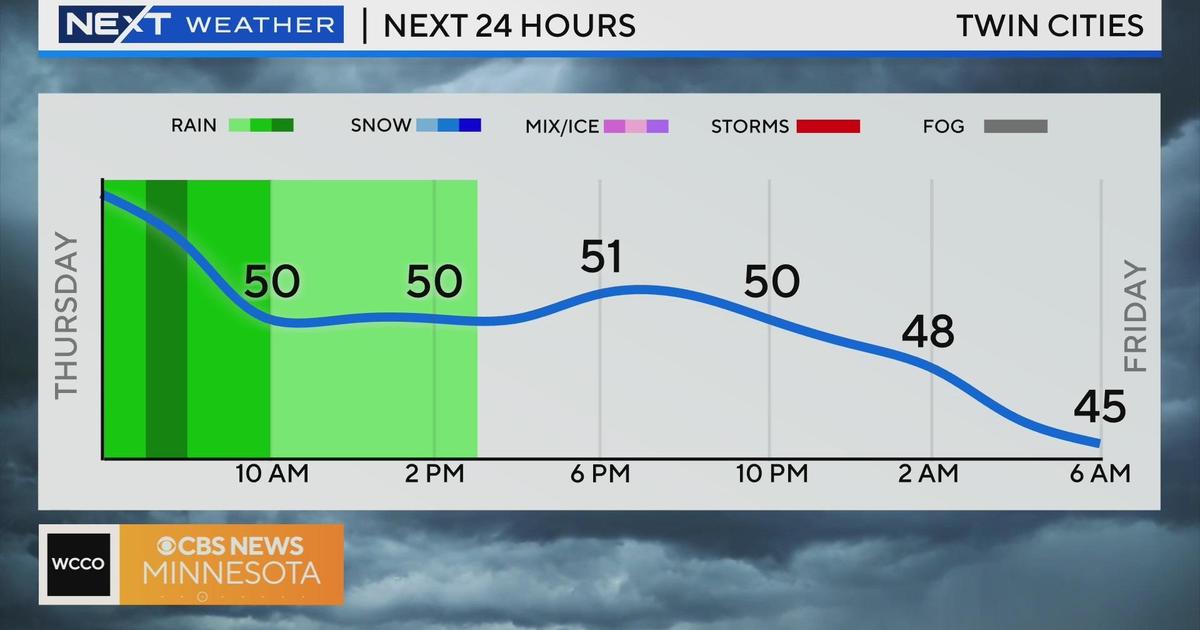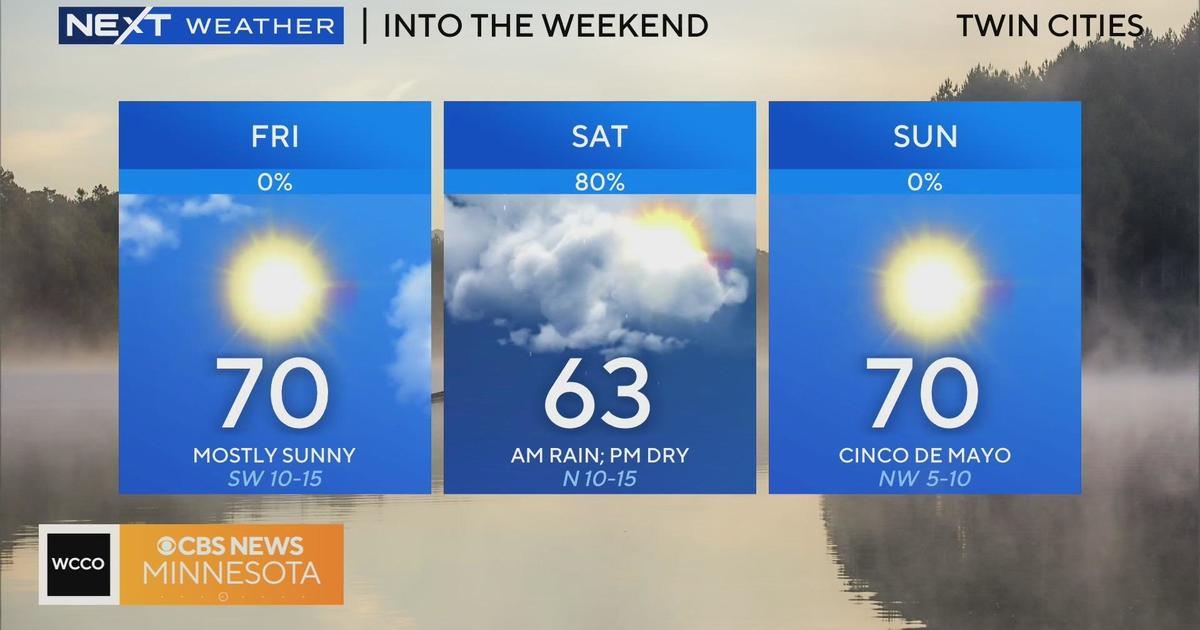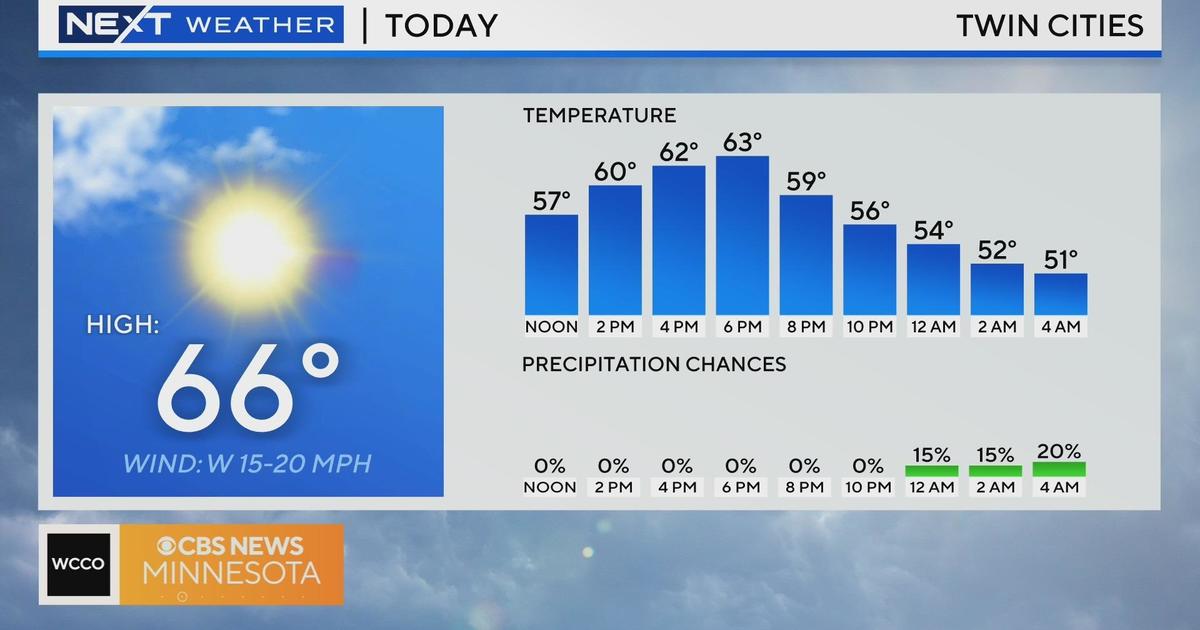Did you say "We needed this rain"? You were right, and its impacts aren't over
CHANHASSEN, Minn. — You stood on the porch, or in the doorway of your garage. Perhaps you were in front of the window. You put your hands on your hips, gazed into the distance, and eventually declared aloud "We really needed this rain." There's a good chance no one was even around to hear you. It doesn't matter. You were right.
The Twin Cities' multi-day rainstorm brought much-needed relief to this year's ongoing drought. In some locations of the west metro, cities saw as much rain in three days as they saw in the three previous months.
"That puts into context how much rain we had the last couple of days, but also how dry our summer was," said National Weather Service Meteorologist Eric Ahasic.
The Minneapolis-St. Paul International Airport registered just under 6 inches of rain during the summer of 2023, putting it in the top 10 driest summers since the statistics were measured.
"Summer is when we get the most rain," Ahasic said. "Most of the water budget we get for the entire year comes in May, June, July, August. ... When you only see 5, 6 inches of rain during that entire period, when you're supposed to see 20, 30 inches of rain, it's really hard to make up that deficit."
DNR Climatologist Pete Boulay says it's nothing new; the Twin Cities are in their fourth consecutive year of below-normal precipitation. Prior to this last round of storms, the area was down about 11 inches of rain since April 1.
The rain the Twin Cities saw last weekend won't eliminate that gap, but it's already making a difference. The dry soil led to a near-immediate soak, helping prepare grass, plants and trees for winter.
"It's really wonderful for the plants to be able to rehydrate themselves," said Kelly Lorenz of the Mustard Seed Nursery in Chaska. "That rehydration is in so many levels. It's the roots swelling up, the bark revitalizing and getting new growth."
Lorenz says this last round of rain will particularly help evergreen trees survive the winter.
"Their needles need to be able to be hydrated to withstand the southern winds that can dry them out," she said. "They need to be able to withstand and tolerate that, and moisture does that."




